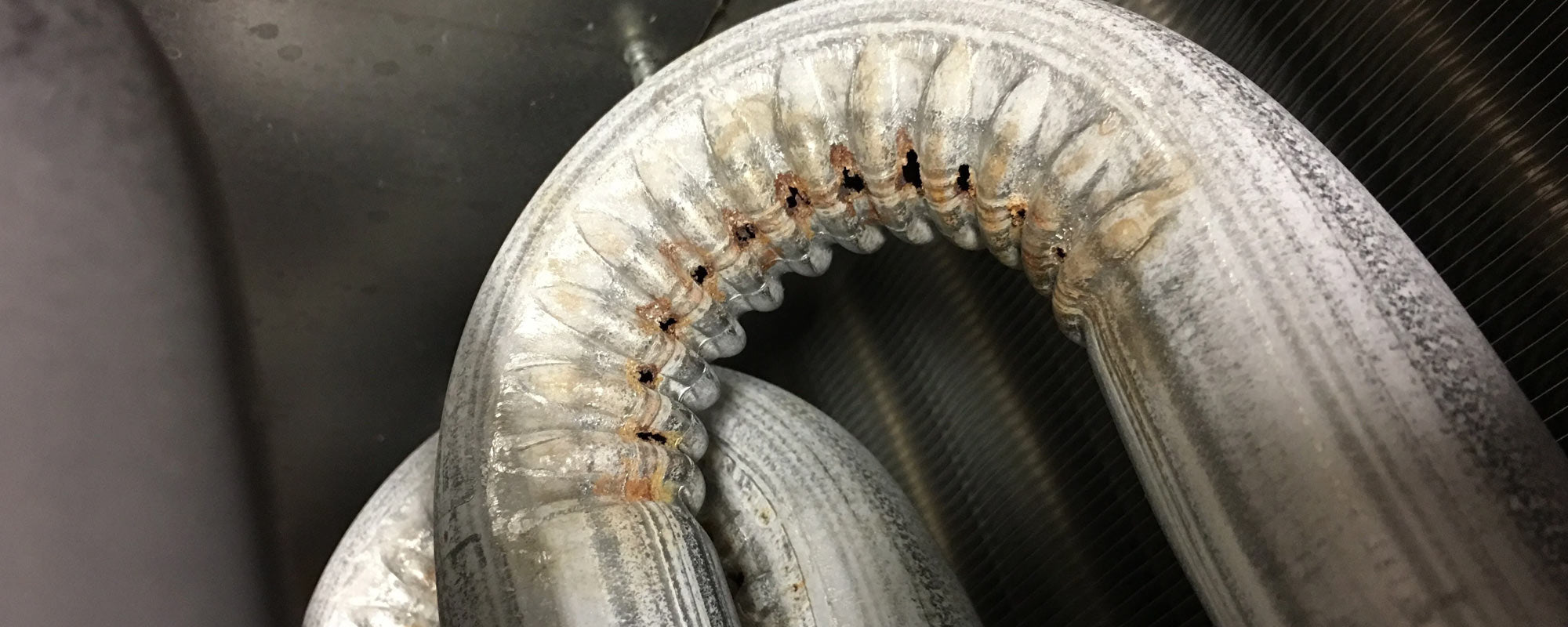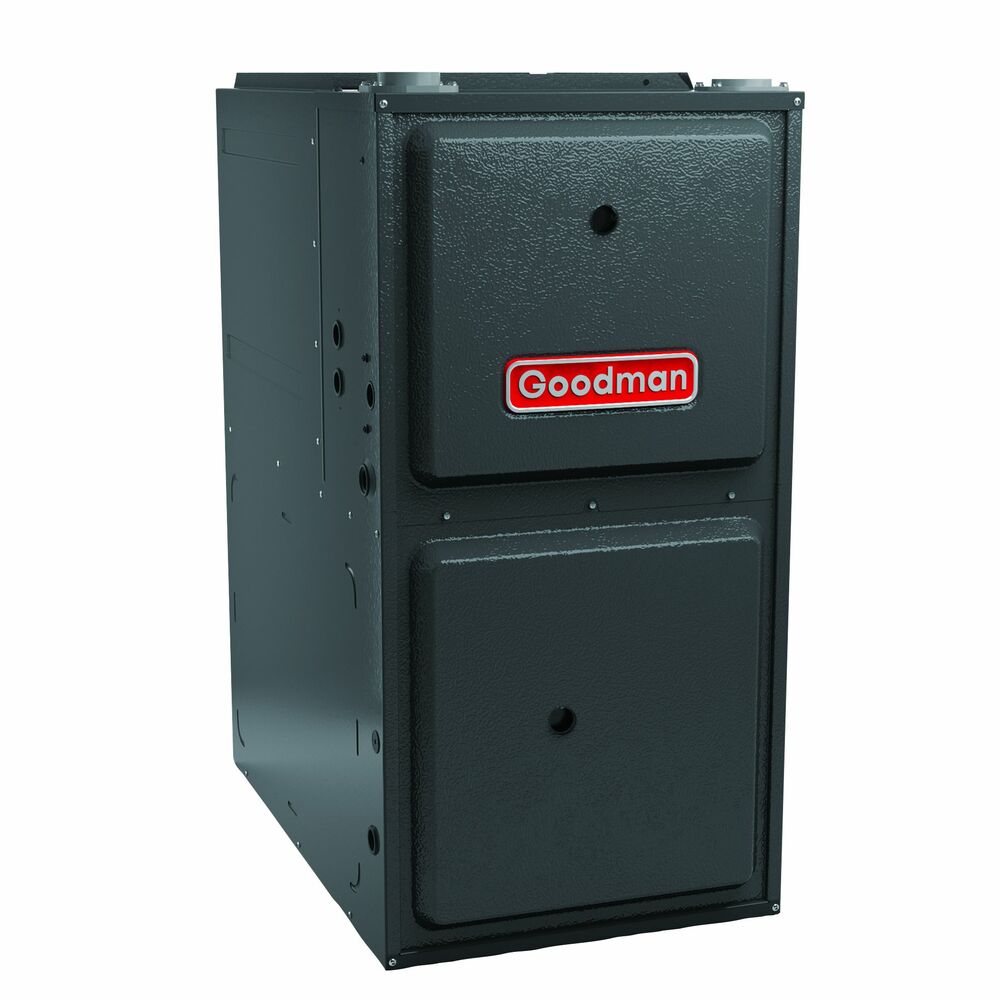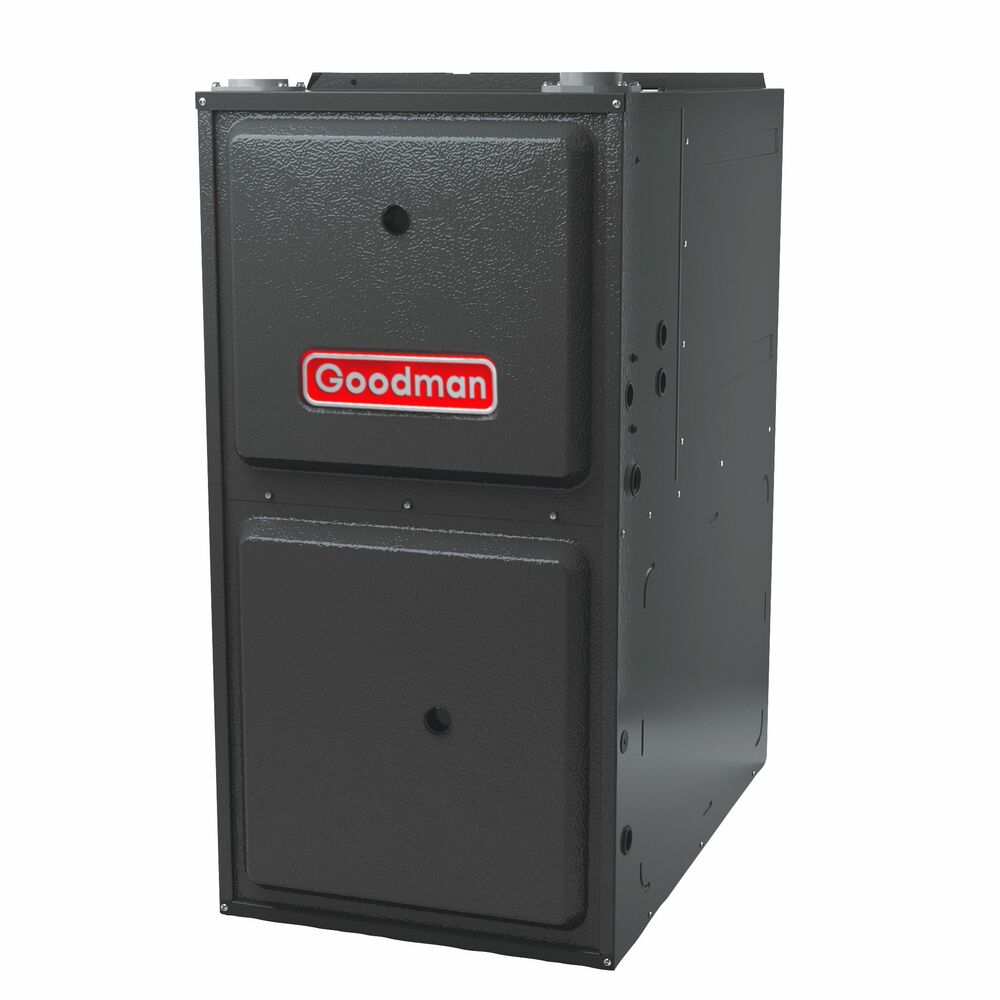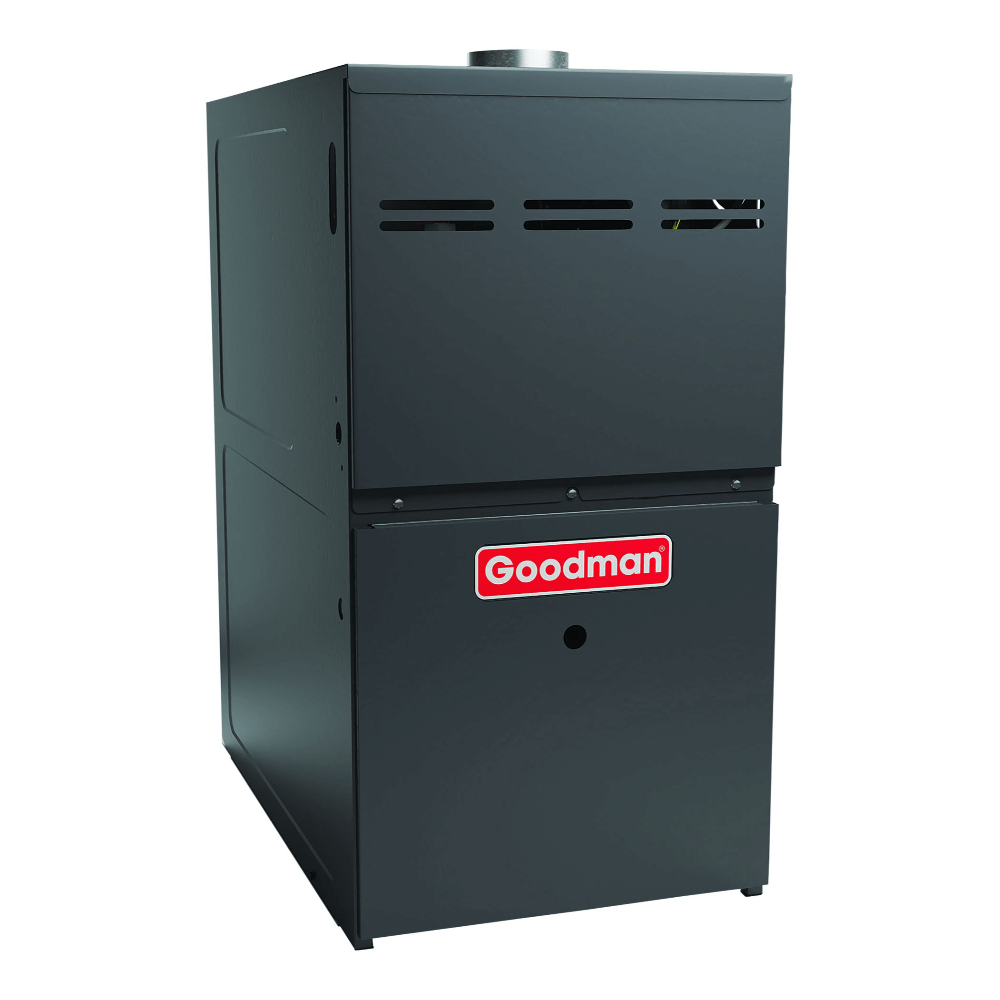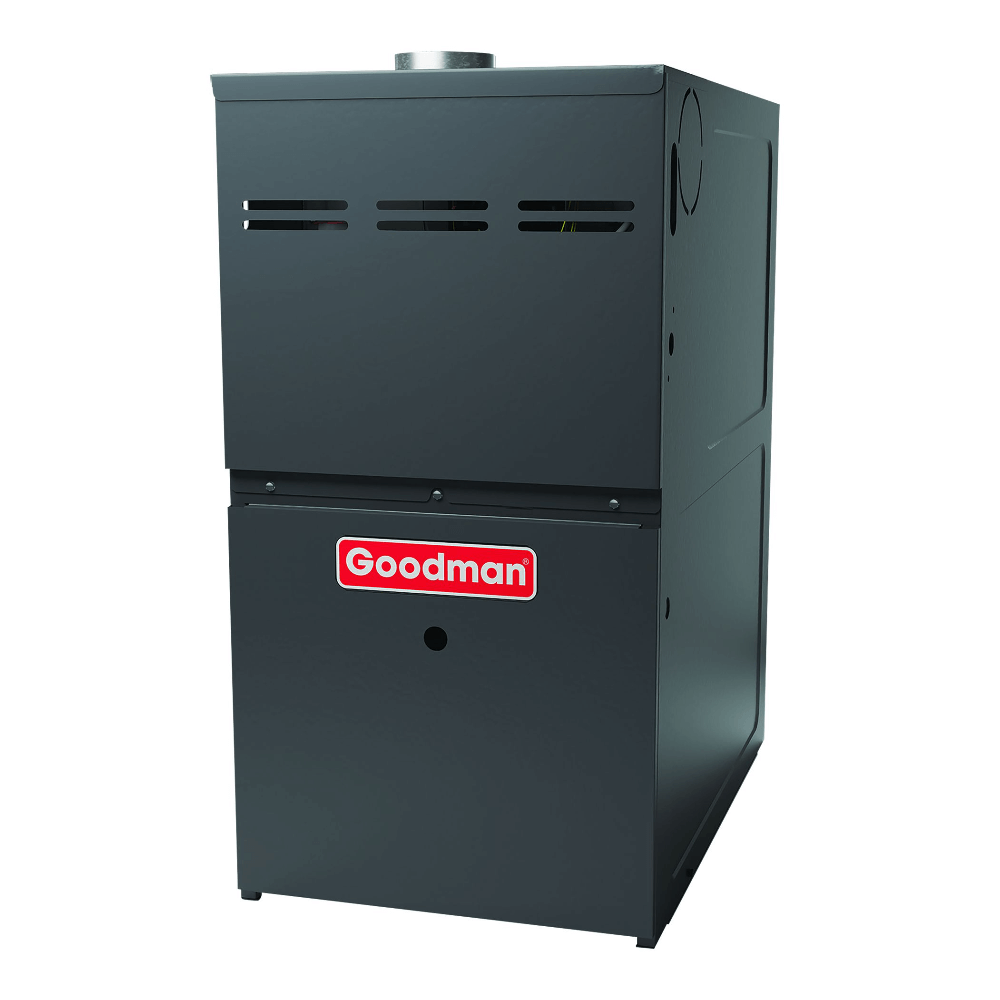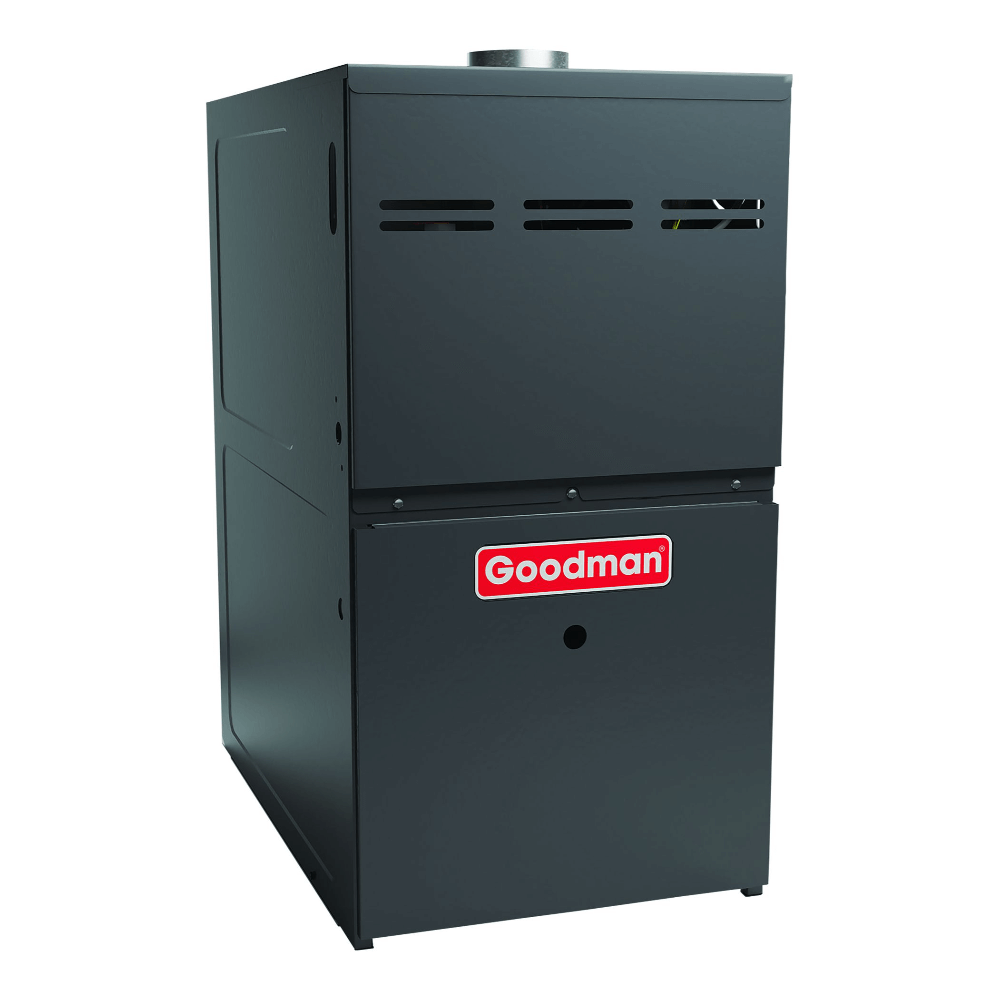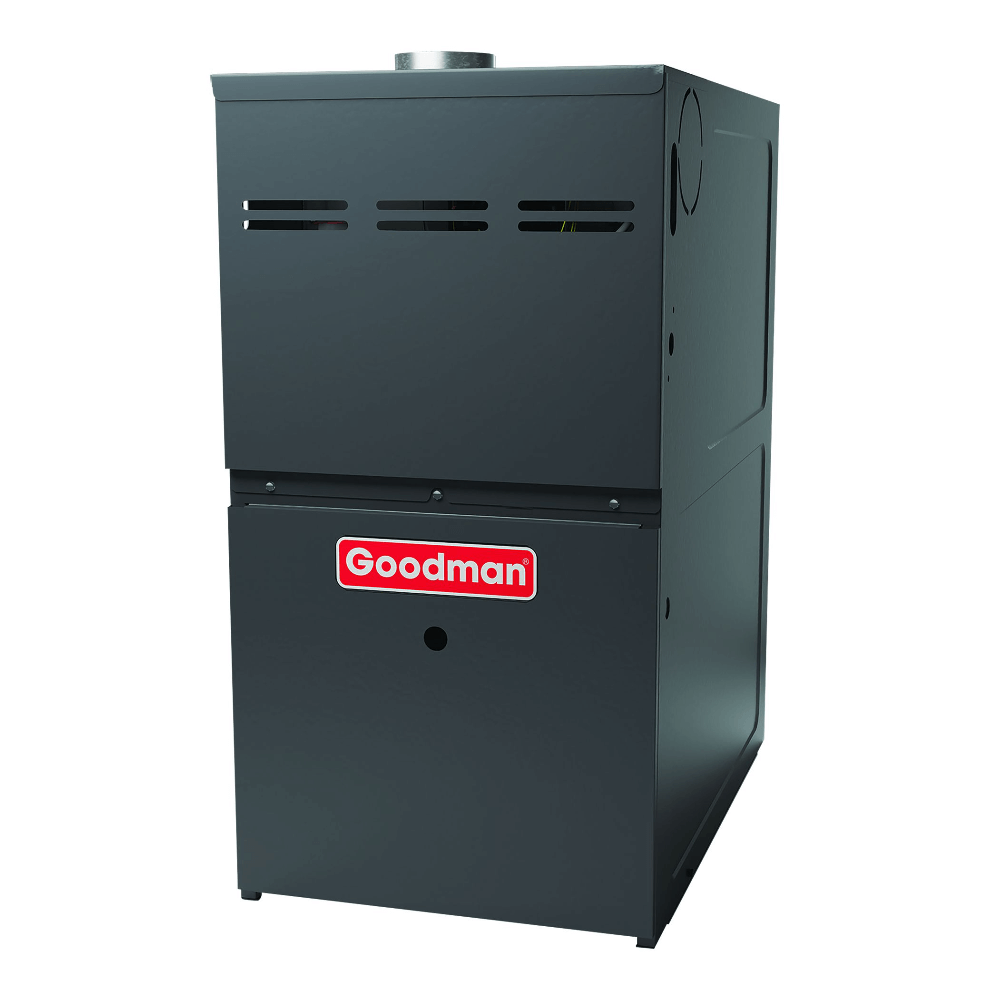Heat exchanger furnace issues are serious. An insufficient heat exchanger affects more than your furnace’s heating ability; it can release hazardous gasses into your home’s air. A damaged heat exchanger is a costly predicament that juxtaposes part replacement with furnace replacement.
Though you might be tempted to ignore or put off furnace problems, heat exchanger issues must be dealt with promptly to protect your family’s health and avoid related furnace issues and inflated utility bills. Don’t overlook the signs of a faulty heat exchanger.
What is a heat exchanger?
A heat exchanger is the crucial gas furnace component that heats the air. The exchanger’s looped metal tubes start at the burner assembly and end at the flue vent. The exchanger’s design allows the air inside the furnace to be heated separate from the toxic fuel combustion gasses.
How does a heat exchanger in a furnace work?
Fuel is ignited in the combustion chamber. The gasses generated by the combustion process stream into the opening of the heat exchanger, warming its metal tubes as they travel through it. A fan blows air over the exchanger’s exterior, and heat transfers from the exchanger’s hot surface to the atmosphere.
The warmed air moves into the house’s ducts and blows from the heat registers. The combustion gasses in the heat exchanger flow from the heat exchanger’s end into the chimney flue and vent outside the home.
The heat exchanger must seal tightly to the combustion chamber and remain free from damage to prevent gasses from escaping into the house’s air. Combustion gasses contain carbon monoxide and other hazardous substances.
Primary Heat Exchanger
The primary heat exchanger is the only heat exchanger in 70- to 80%-efficient furnaces. High-efficiency furnaces of 90% AFUE or greater have two heat exchangers. The primary heat exchanger is closer to the burners and the first exchanger the combustion gasses encounter. Its proximity to the burners and contact with the hottest flue gasses make the primary exchanger subject to more stress and more likely to crack.

Find the Ideal Furnace for Your Home: View Our Products
Secondary Heat Exchanger
Furnaces with 90% efficiency and greater have secondary heat exchangers through which combustion gasses travel after exiting the primary exchanger. The secondary heat exchanger extracts additional heat and contributes to greater efficiency.
High-efficiency furnaces are also known as condensing furnaces because water vapor forms and changes to a liquid in the secondary exchanger. This process extracts additional heat that would otherwise be lost through the chimney flue. Secondary exchangers are constructed from stainless steel or a coated steel material that withstands the subsequent moisture and acid.
Bad Heat Exchanger Furnace Symptoms
A furnace heat exchanger is inclined to fail. Continual heating and cooling stress the metal considerably. Consequently, heat exchangers typically last only ten to twenty years. A bad heat exchanger is a serious furnace issue that requires immediate attention. A furnace often exhibits symptoms when the heat exchanger deteriorates.
1. Abnormal Burner Flames
Burner flames should be blue and steady. Orange, yellow, or flickering burner flames generally indicate oxygen getting into the combustion chamber, possibly through a fracture in the heat exchanger.
2. Strange Smells
When the furnace runs, the pungent aroma of formaldehyde, sour pickles, or vinegar could be from toxic combustion gasses leaking out of a damaged heat exchanger.
3. Soot Buildup or Discolored Metal
Soot might sift through heat exchanger cracks or build up around the fissure and discolor the exchanger’s metal. White soot around the burners could indicate incomplete combustion due to a bad exchanger or faulty burners.
4. Weird Sounds
Rattling, popping, or banging sounds when the furnace kicks on might be from the expansion and contraction of the heat exchanger’s split metal.
5. Carbon Monoxide (CO) Detection
Carbon monoxide is an odorless, colorless, and tasteless deadly gas that can leak from a faulty exchanger, so it’s essential to have functioning carbon monoxide detectors in the house. If your detector indicates carbon monoxide, open the windows to gain fresh air, turn off the furnace, leave home, and call an HVAC professional. Call 911 if anyone in your household exhibits symptoms of CO poisoning, such as headache, nausea, or shortness of breath.
6. Corroded or Damaged Components
A compromised heat exchanger can cause corrosion or damage to other furnace components, such as the draft inducer box or inducer motor.
7. Poor Heating
Heating efficiency reduces when the heat exchanger is bad, and the furnace has to work harder to achieve temperatures. You might notice longer heating cycles or higher utility bills.
8. Cracked Heat Exchanger
Cracks in the heat exchanger can be challenging to detect with the naked eye. HVAC technicians use specialized equipment to find microfractures and damage in areas that aren’t visible. If you see a crack or a technician reports one, take it seriously.

Find the Ideal Furnace for Your Home: View Our Products
Conclusion
What is a heat exchanger? The heat exchanger is an essential furnace component that transfers heat from fuel combustion to the air inside the furnace. The heat exchanger’s design allows the furnace to heat the air without commingling toxic combustion gasses.
Low-efficiency furnaces utilize one heat exchanger, while high-efficiency condensing furnaces have primary and secondary heat exchangers. The addition of a second heat exchanger allows the extraction of additional heat from the flue gasses.
A damaged heat exchanger is a severe issue that severely compromises your furnace and could release toxic gasses into your home. Immediately call an HVAC professional to assess your furnace if you notice any symptoms of a bad heat exchanger:
- Orange, yellow, or flickering burner flames
- Pungent smells
- Rattling, popping, or banging sounds
- Carbon monoxide detection
- Corroded or damaged components
- Poor heating
- Cracked heat exchanger
Frequently Asked Questions
Can a heat exchanger be replaced?
A heat exchanger can be replaced, but it cannot be repaired. However, replacing the furnace might be more economical if the parts and labor are not under warranty.
How long does a heat exchanger last?
The lifespan of a heat exchanger is ten to twenty years. Poor maintenance, installation, system, or equipment design reduces the heat exchanger’s longevity.
Where is the heat exchanger in a furnace?
The heat exchanger’s metal tubes run from the burner assembly to the flue vent.

